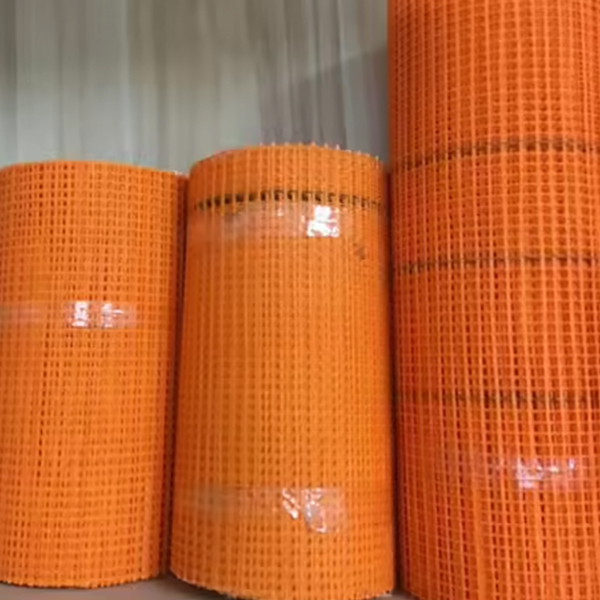Breathe Easy: Effective Strategies to Eliminate Toxic Fumes from Your Home
In today's world, indoor air quality has become a pressing concern for homeowners. Toxic fumes can emanate from various sources within our homes, including household cleaning products, paints, furniture, and even the air we breathe from outside. Understanding how to effectively eliminate these harmful substances is crucial for maintaining a healthy living environment. In this article, we will explore practical strategies to rid your home of toxic fumes, ensuring you and your family can breathe easy.
Understanding Toxic Fumes
Before diving into solutions, it's essential to understand what toxic fumes are and where they come from. Toxic fumes are harmful gases or vapors that can cause adverse health effects when inhaled. Common sources include:
- Volatile Organic Compounds (VOCs): Found in paints, varnishes, and cleaning products.
- Formaldehyde: Often released from pressed wood products and certain fabrics.
- Carbon Monoxide: A colorless, odorless gas produced by burning fossil fuels.
- Mold and Mildew: Can release spores and toxins into the air.
Step 1: Identify the Sources
The first step in eliminating toxic fumes is identifying their sources. Conduct a thorough inspection of your home, paying close attention to:
- Cleaning Supplies: Many conventional cleaning products contain VOCs. Opt for eco-friendly alternatives or make your own cleaning solutions using vinegar, baking soda, and essential oils.
- Paints and Finishes: If you're planning to paint, choose low-VOC or zero-VOC paints. Ensure proper ventilation during and after application.
- Furniture and Carpets: New furniture and carpets can off-gas formaldehyde and other chemicals. Look for products labeled as low-emission or certified by organizations like Greenguard.
Step 2: Improve Ventilation
Proper ventilation is crucial for reducing indoor air pollution. Here are some effective strategies:
- Open Windows and Doors: Whenever weather permits, open windows and doors to allow fresh air to circulate. This helps dilute and disperse toxic fumes.
- Use Exhaust Fans: In areas like kitchens and bathrooms, use exhaust fans to remove moisture and pollutants. Ensure these fans vent outside, not into the attic.
- Install Air Purifiers: Invest in high-quality air purifiers equipped with HEPA filters and activated carbon to capture airborne toxins and improve overall air quality.
Step 3: Implement Regular Cleaning Practices
Regular cleaning can significantly reduce the accumulation of toxic fumes in your home. Consider the following practices:
- Dust and Vacuum Frequently: Use a vacuum with a HEPA filter to trap dust, allergens, and chemical residues. Dust surfaces with a damp cloth to prevent particles from becoming airborne.
- Wash Fabrics Regularly: Curtains, upholstery, and bedding can harbor dust and fumes. Wash these items regularly in hot water to eliminate contaminants.
- Control Humidity: Maintain indoor humidity levels between 30-50% to prevent mold growth, which can release harmful spores. Use dehumidifiers in damp areas like basements.
Step 4: Utilize Natural Remedies
In addition to conventional methods, consider incorporating natural remedies to combat toxic fumes:
- Houseplants: Certain houseplants, such as spider plants, peace lilies, and snake plants, can help purify the air by absorbing toxins and releasing oxygen.
- Essential Oils: Diffusing essential oils like lavender, eucalyptus, or tea tree oil can not only improve air quality but also provide a pleasant aroma. However, ensure that no one in your household has sensitivities to these oils.
Step 5: Monitor Indoor Air Quality
Investing in an indoor air quality monitor can provide valuable insights into the levels of pollutants in your home. These devices can detect VOCs, carbon dioxide, humidity, and particulate matter, allowing you to take timely action if levels become concerning.
Conclusion
Eliminating toxic fumes from your home is not just about improving air quality; it's about safeguarding your health and well-being. By identifying sources of pollution, enhancing ventilation, adopting regular cleaning practices, utilizing natural remedies, and monitoring air quality, you can create a safer and more comfortable living environment. Remember, a proactive approach to indoor air quality will not only benefit you today but also contribute to a healthier future for you and your loved ones. Breathe easy, and take the necessary steps to ensure your home is a sanctuary of clean air.


